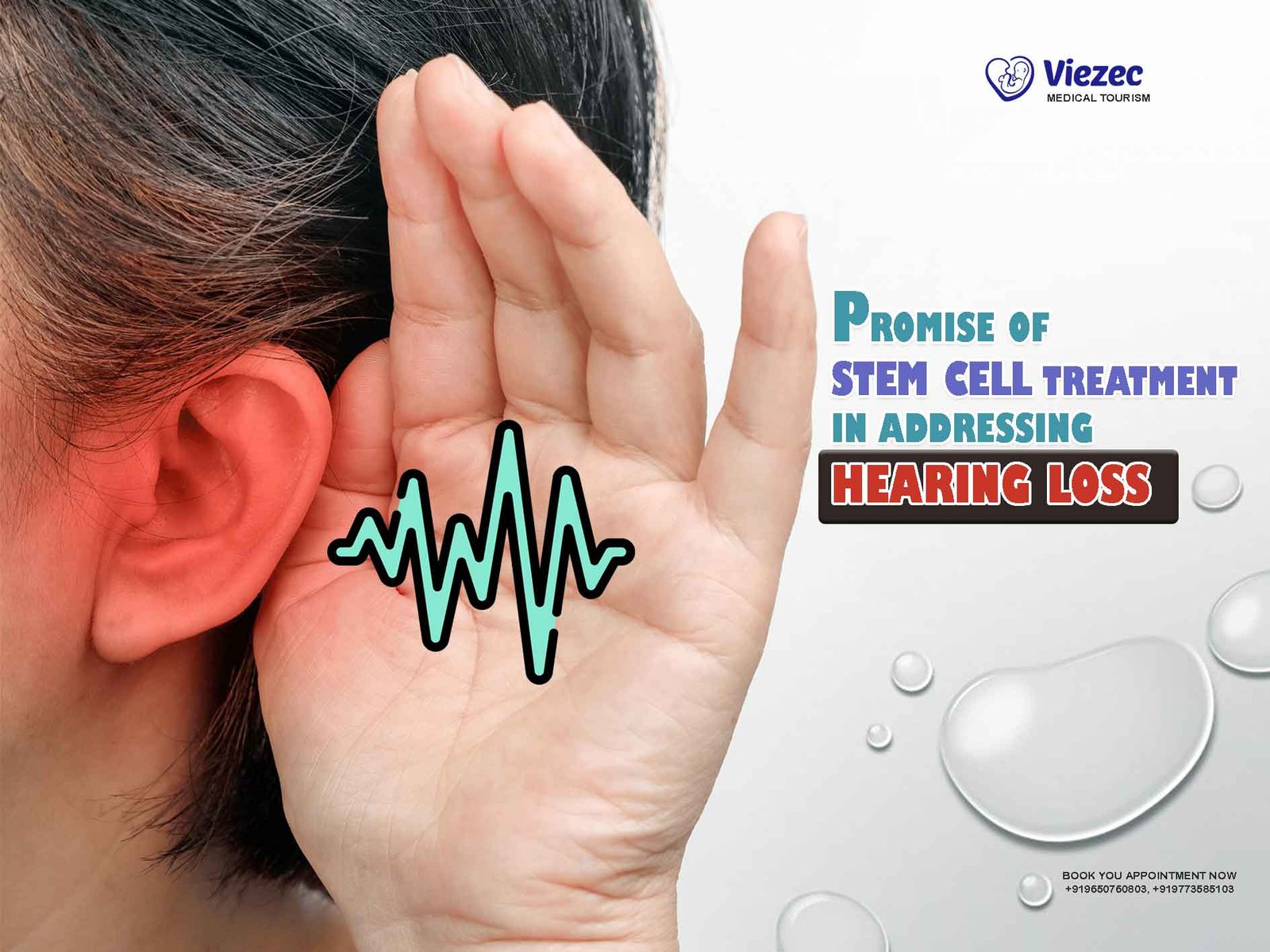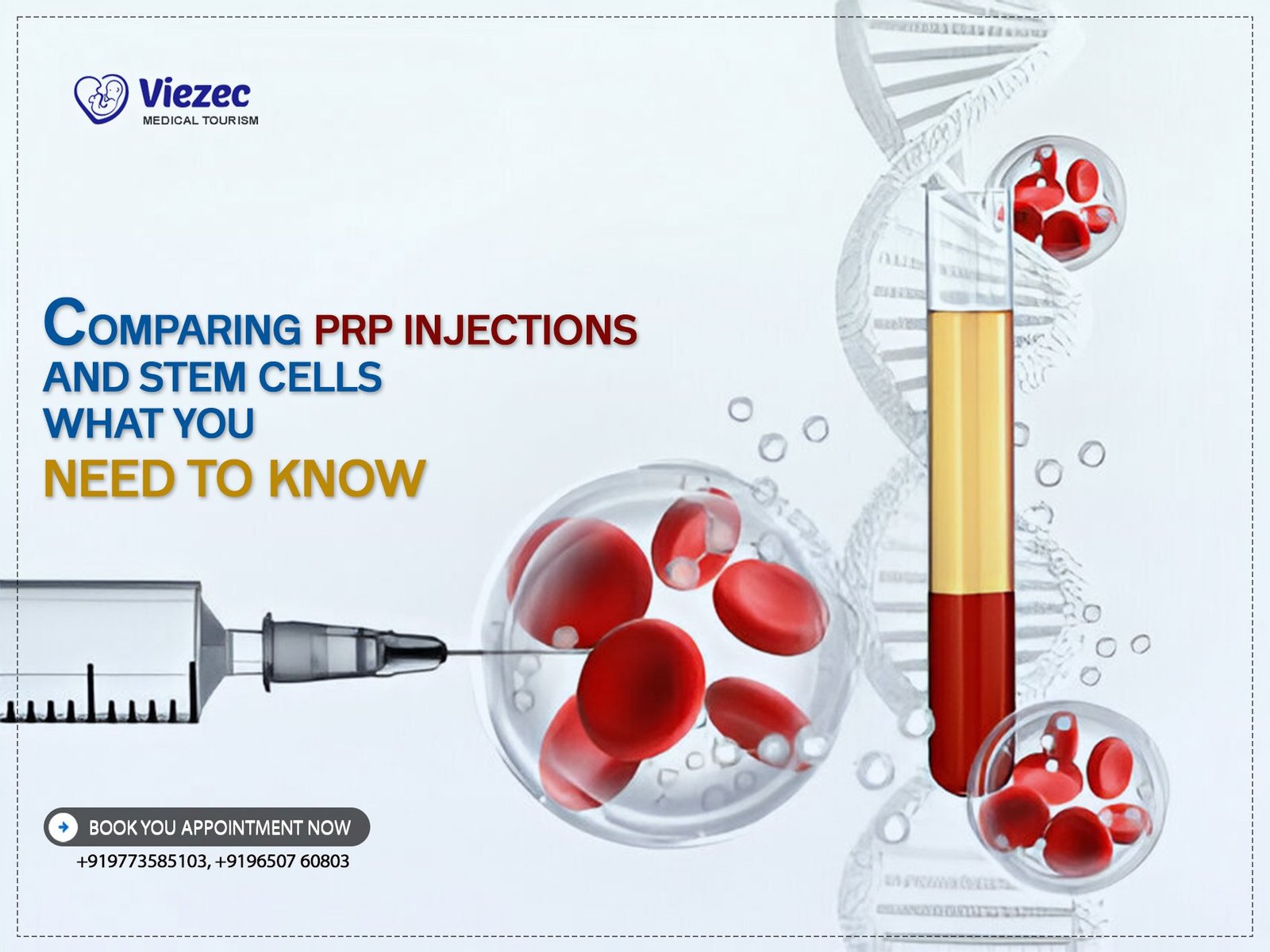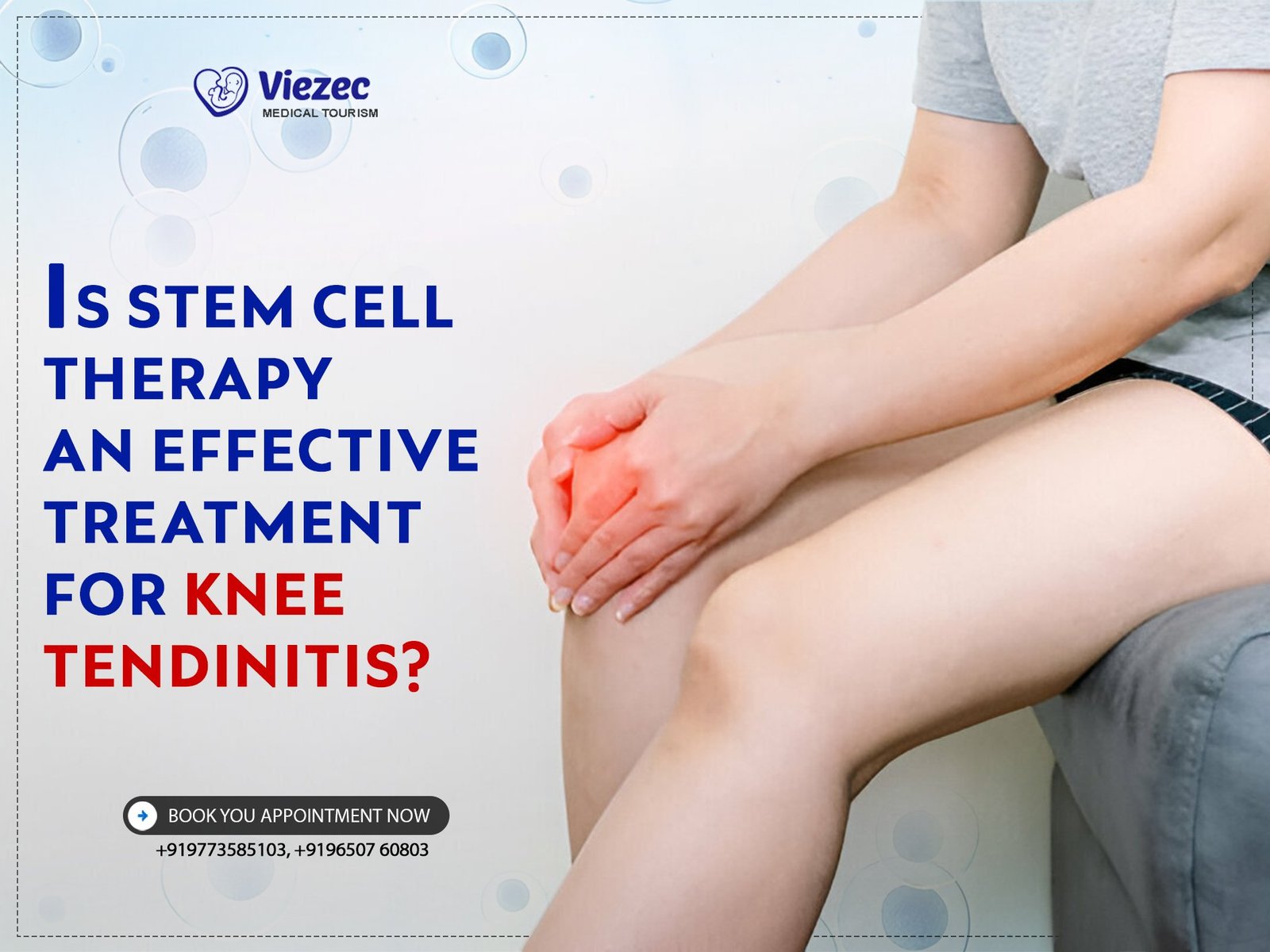Hearing loss is a prevalent sensory impairment affecting millions worldwide, impacting individuals’ quality of life and societal participation. Traditional treatments, such as hearing aids and cochlear implants, provide substantial benefits, yet they have limitations. Stem cell therapy has emerged as a promising avenue for addressing hearing loss by targeting its root causes. In this article, we explore the potential of stem cell treatments in restoring hearing function, highlighting recent advancements, challenges, and future prospects.
Understanding Hearing Loss
Types of Hearing Loss
Hearing loss can be categorized into three main types: conductive, sensorineural, and mixed. Conductive hearing loss occurs due to issues in the outer or middle ear, hindering sound transmission to the inner ear. Sensorineural hearing loss results from damage to the inner ear or auditory nerve, affecting the conversion of sound waves into electrical signals. Mixed hearing loss involves a combination of conductive and sensorineural components.
Causes and Prevalence
Various factors contribute to hearing loss, including genetics, aging, exposure to loud noise, infections, and ototoxic medications. Age-related hearing loss (presbycusis) and noise-induced hearing loss are among the most common types, affecting individuals of all ages. With an aging population and increasing noise exposure, the prevalence of hearing loss is expected to rise significantly in the coming years.
Take the First Step Toward Better Hearing
Current Treatment Options
Hearing Aids
Hearing aids are the most common treatment for mild to moderate hearing loss. These devices amplify sound, making it easier for individuals with hearing impairment to communicate and engage in daily activities. Technological advancements have led to smaller, more discreet hearing aids with improved performance and connectivity features.
Cochlear Implants
Cochlear implants are recommended for individuals with severe to profound sensorineural hearing loss who do not benefit from hearing aids. These devices bypass damaged parts of the inner ear and directly stimulate the auditory nerve, enabling users to perceive sound. Cochlear implants have revolutionized the treatment of profound hearing loss, providing significant improvements in speech perception and quality of life.
Limitations of Current Treatments
While hearing aids and cochlear implants offer substantial benefits, they have limitations. Hearing aids may not be effective for severe or profound hearing loss, and their efficacy can diminish in noisy environments. Cochlear implants require a surgical procedure and rehabilitation to achieve optimal outcomes, and they may not fully restore natural hearing. Moreover, existing treatments do not address the underlying cellular damage associated with hearing loss.
Promise of Stem Cell Therapy
Regenerative Potential
Stem cell therapy holds immense promise for treating hearing loss by regenerating damaged tissues within the inner ear. Stem cells are undifferentiated cells capable of self-renewal and differentiation into various cell types. By harnessing the regenerative properties of stem cells, researchers aim to repair or replace damaged sensory cells (hair cells) and auditory neurons, restoring hearing function.
Types of Stem Cells
Several types of stem cells are being investigated for their potential in treating hearing loss, including embryonic stem cells (ESCs), induced pluripotent stem cells (iPSCs), and adult stem cells. ESCs are derived from the inner cell mass of embryos and have the capacity to differentiate into any cell type in the body. iPSCs are generated by reprogramming adult cells to an embryonic-like state, offering a potential source of patient-specific stem cells. Adult stem cells, such as mesenchymal stem cells (MSCs) and inner ear progenitor cells, are found in various tissues and possess regenerative properties.
Strategies for Stem Cell Therapy
Researchers are exploring different approaches to harness stem cells for hearing loss treatment. These include cell transplantation, where stem cells are directly implanted into the inner ear to replace damaged cells; cell-based gene therapy, involving the delivery of therapeutic genes into stem cells to enhance their regenerative capacity; and exosome therapy, utilizing extracellular vesicles secreted by stem cells to promote tissue repair and regeneration.
Ready to Transform Your Life with Stem Cell Therapy?
Recent Advancements
Preclinical Studies
Numerous preclinical studies have demonstrated the efficacy of stem cell therapy in restoring hearing function in animal models of hearing loss. Researchers have successfully transplanted stem cells into the inner ears of mice and other animals, resulting in the regeneration of hair cells and improvement in auditory function. These promising findings have paved the way for clinical trials to evaluate the safety and efficacy of stem cell treatments in humans.
Clinical Trials
Several clinical trials are underway to assess the feasibility and effectiveness of stem cell therapy for hearing loss in humans. These trials aim to determine the safety of stem cell transplantation, optimal cell delivery methods, and the potential for hearing restoration. While early-phase trials have shown promising results in terms of safety and tolerability, larger-scale studies are needed to evaluate long-term outcomes and establish the clinical efficacy of stem cell treatments.
Challenges and Considerations
Immunogenicity and Tumorigenicity
One of the major challenges in stem cell therapy is the risk of immune rejection and tumor formation. Stem cells derived from allogeneic sources may elicit immune responses when transplanted into recipients, necessitating immunosuppressive drugs to prevent rejection. Moreover, pluripotent stem cells have the potential to form teratomas—tumors containing cells from all three germ layers—if not properly controlled. Addressing these concerns is crucial for ensuring the safety and efficacy of stem cell-based treatments.
Integration and Differentiation
Another hurdle in stem cell therapy is achieving proper integration and differentiation of transplanted cells within the host tissue. For stem cell therapy to be effective, transplanted cells must integrate seamlessly into the existing auditory circuitry and differentiate into functional hair cells or auditory neurons. Controlling the fate and behavior of transplanted cells remains a significant technical challenge that requires further investigation.
Ethical and Regulatory Considerations
The ethical and regulatory landscape surrounding stem cell research and therapy is complex and evolving. Ethical considerations arise regarding the use of embryonic stem cells, which involves the destruction of human embryos. Furthermore, regulatory agencies must establish guidelines and standards for the development and implementation of stem cell-based treatments to ensure patient safety and efficacy. Striking a balance between scientific innovation and ethical principles is essential in advancing stem cell therapy for hearing loss.
Have Questions About Hearing Loss Treatment?
Future Directions
Personalized Medicine
Advances in stem cell technology, such as the development of patient-specific iPSCs, hold the potential for personalized treatments tailored to individual patients’ genetic makeup and medical history. Personalized stem cell therapies may enhance treatment outcomes and minimize the risk of immune rejection, paving the way for precision medicine approaches in hearing loss treatment.
Combination Therapies
Combining stem cell therapy with other treatment modalities, such as gene therapy, pharmacotherapy, or medical devices, could synergistically enhance hearing restoration outcomes. By targeting multiple aspects of hearing loss pathophysiology, combination therapies may offer improved efficacy and long-term benefits compared to single interventions alone. Research efforts are underway to explore the therapeutic potential of multidisciplinary approaches in addressing hearing loss.
Long-term Follow-up and Monitoring
Long-term follow-up and monitoring are essential aspects of stem cell therapy for hearing loss to assess the durability and safety of treatment outcomes. Comprehensive outcome measures, including audiometric testing, speech perception assessments, and quality-of-life measures, are needed to evaluate the long-term efficacy and functional benefits of stem cell treatments. Continuous surveillance and post-treatment care will ensure the optimal management of patients undergoing stem cell therapy.
Stem cell therapy holds great promise for addressing hearing loss by targeting the underlying cellular damage in the inner ear. Recent advancements in stem cell research have shown encouraging results in preclinical studies and early-phase clinical trials, highlighting the potential for hearing restoration. However, significant challenges remain to be addressed, including immune rejection, tumorigenicity, and integration of transplanted cells. With continued research efforts and technological innovations, stem cell therapy may offer a transformative approach to treating hearing loss and improving the quality of life for millions of individuals worldwide.









